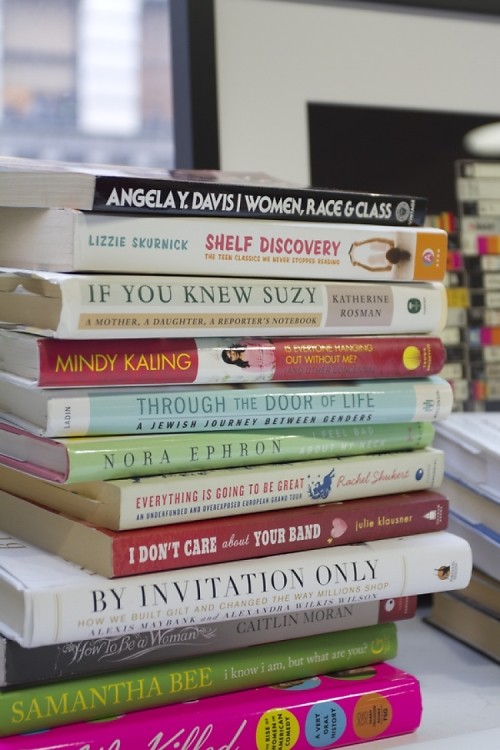Let’s talk about Phase Three. Tell me about “The List,” how it got started, where it is now, and your biggest dreams for it...
Let’s talk about Phase Three. Tell me about “The List,” how it got started, where it is now, and your biggest dreams for it.
Rachel: “Do you remember that NYMag cover article story – it was April 2010 - on the new york tech scene? It was all dudes. And I sent an email to nineteen women saying basically, ‘Ladies, it’s not that we don’t love our menfolk, but this is ridiculous. It’s enough. I’m tired about writing the next day’s story about ‘Where are the women?’’ I wanted to get ahead of it and do something. And, I called a meeting and we convened at..”
Glynnis: “Tom and Jerry’s roundtable…”
Rachel: “At the oval shape table there – for when the Observer writes about us, ha.”
It’s the new Algonquin!
R: “(laughs) And then it just came together and we sort of started adding people to the email chain. And then it got to the point; it was in September, that there were so many people on this email chain that we switched it to a Google group. At the same time, I had launched Change The Ratio with Emily Gannett, which held a series of events for women, and the email list functioned as sort of the unofficial back-channel of Change The Ratio. A lot of the stuff we were doing publicly mirrored the private activity on the list. (Emily is the founder of IRL Productions, an interactive events company, and is one of the advisers to TheLi.st.)
How many people are currently in the Google group?
R: “Just over 400.”
G: “It existed for a little over a year, maybe a year and a half before it sort of had a tipping point between just a group that people belong to and talk to into a very actionable, service-y, powerful group - where we were starting to see really intense results.”
R: “What do you need? What can we do? How can we help?”
G: “Stories were changed, people were getting funding off of it, people were being put on panels because of it, people were getting coverage and it became this really dynamic thing.”
R: “Women were writing about each other, using each other.”



.jpg)
.jpg)



.jpg)
.jpg)
.jpg)
